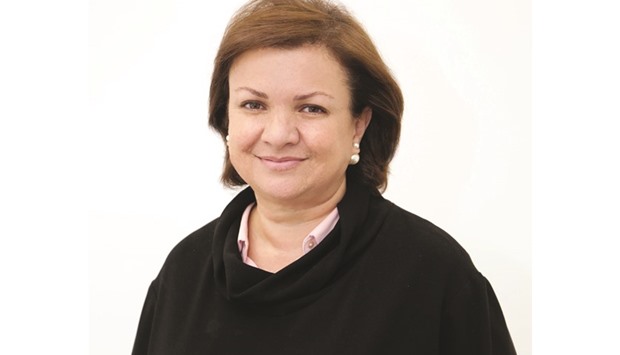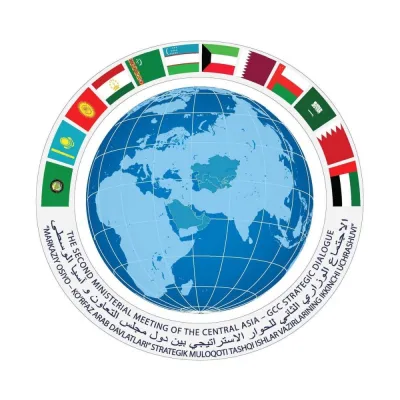Value Added Tax (VAT), referred to as Goods and Services Tax (GST) in some countries was first introduced in France in 1954. VAT is a tax on consumption of goods and services that is borne by the final consumer. How is this done? Based on the self-assessment mechanism, VAT is collected by businesses at each stage of the production and distribution chain with a credit for VAT incurred on inputs.
VAT is generally seen as an efficient tax for authorities, neutral for businesses and transparent for consumers. This has led to a rise in the number of governments turning to VAT as a major source of revenue. Since the introduction of VAT in 1954, over 150 countries across the world have introduced and implemented a VAT system. In terms of revenue, VAT constitutes a substantial source of governments’ revenue. According to the Organisation for Economic Co-operation and Development (OECD), the share of VAT revenue as a percentage of GDP in the OECD countries has significantly increased, from 0.6% in 1965 to 6.6% in 2012. In the same period, VAT accounted for approximately 20% of the total tax revenue on average, compared to 1.8% in 1965. The International Monetary Fund (IMF) estimates that, even at low rates, VAT can generate between 1.5-2 % of GDP in revenue to the GCC states.
The IMF, World Bank and the OECD have been at the forefront promoting governments to introduce VAT as a more sustainable source of revenue in the wake of global economic crisis coupled with the drop in oil prices. For instance, in June 2009, the OECD ministers, noted that growth-oriented tax reforms need to focus on shifting revenue from corporate and personal taxation towards consumption and property taxes because they are more growth friendly. During the period 1975 to 2007, consumption taxes in the OECD countries increased by 27% while combined revenues for personal taxes and income taxes decreased by 5%.
For many years, the oil and gas industry has been the backbone for the Gulf Cooperation Council (GCC) economies. For instance, during the years 2011–14, oil revenues accounted for between 70%–95% of government revenues. The recent decline in oil prices has put pressure on governments budget as most of these governments have committed to major capital expenditure and huge infrastructure projects. The present GCC tax systems, characterised with low tax rates and narrow tax base, cannot fill the budget deficit gap projected to remain at 6.5% of GDP in 2020. As such, tax reforms in the GCC are much needed.
Against this backdrop, the GCC States are in the process of approving a common legal framework for the introduction of VAT in the region. Each member state will then be compelled to introduce their own VAT legislation. Most, if not all, of the member states are working towards implementing a VAT system by 1 January 2018.
There are various common models of VAT systems in the world such as the New Zealand model, the European model and the Japanese model. The New Zealand model is regarded as the simplest and most efficient with most supplies taxable at a standard rate and very few exemptions. Japan’s model levies VAT at a flat rate of 8% with no exemptions or zero rate while the European model is characterised by multiple rates and varying degrees of exemptions per country which make it one of the most complicated in terms of administration for the tax authority and compliance for businesses.
Generally, a well-designed VAT system is based on simple laws and procedures, well-structured and resourced administration, and compliance measures complemented by taxpayer education and audit programs. If the above is well managed, it generally leads to higher levels of taxpayer compliance, lower administration costs and greater revenue collections.
The envisaged system expected to be implemented in the GCC is a standard fully fledged VAT with most supplies of goods and services being taxed and potentially very few exceptions. It is expected that VAT is applied at a standard rate of 5%, which is considered low as per international and regional standards and well below the average OECD standard rate of 19.2%. As previously mentioned, the IMF estimates that a 5% VAT may generate an average 1.38% of GDP in GCC Member States. A number of specific supplies including international supplies will be subject to VAT at zero rate and a limited number of supplies will potentially be exempt from VAT for economic or social considerations. Zero-rated supplies may include basic food stuff, medical equipment among others.
Further, certain means of transport, export of goods and the provision of international services are expected to be zero rated in line with the destination principle according to which VAT is charged at the country of destination. Conversely, certain supplies like healthcare or education services could be exempt from VAT. In which case, VAT is not charged on the supply and any VAT incurred on purchases is irrecoverable.
Under a VAT system, a person (individual or corporate) who supplies or expects to supply taxable supplies is required to register for VAT upon attaining a set annual turnover threshold. Upon registration, there is a requirement to issue tax invoices, charge the appropriate rate of VAT on supplies made, file VAT returns and pay the correct amount of VAT due.
Ordinarily, VAT-registered persons are allowed to recover the VAT incurred on their purchases by offsetting this against the VAT charged on their sales. In this regard, VAT is ultimately borne by the final consumer while businesses act as collecting agents for the tax authority.
As we look forward to the pronouncement of the GCC VAT framework and country specific VAT legislations, businesses need to put their foot forward and start planning for VAT implementation. This can be done through reviewing their business processes and identifying changes required to IT systems to develop an implementation plan in readiness for VAT go live date of 01 January 2018.
The tax authorities also have much to do; the establishment of a seamless administration including registration and filing processes; communication and education to ensure there is sufficient guidance for businesses to comply with the VAT requirements. This will mitigate against last minute rush and ensure that the businesses comply with the VAT laws and mitigate against penalties after VAT go live date.
Jeanine Daou is PwC partner and Middle East leader for indirect tax and fiscal reform.

Jeanine Daou


